
By: Renata Herrerías
Business School, ITAM
No company is immune to liquidity risks. There may be businesses that are “more liquid” than others but the little availability or pressure to obtain resources to face short and medium term commitments is one of the determining factors for the long term feasibility for any and all businesses.
If an organization tries to grant credits by using resources from third parties, the liquidity issue is still more critical. In general terms it will be highly leveraged and it is precisely this leverage that allows businesses to do business. In general terms, this is the business of banks and intermediaries.


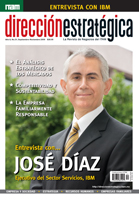
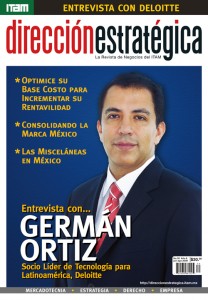
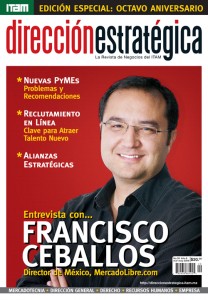
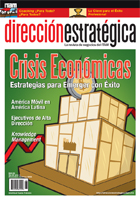
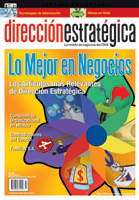
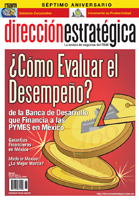
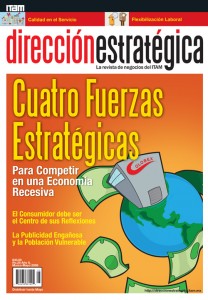
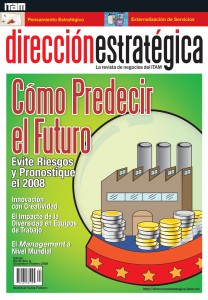
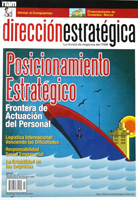
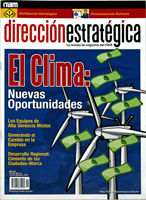


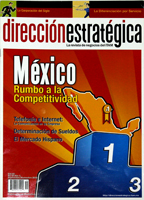
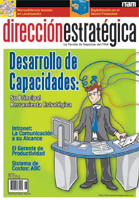
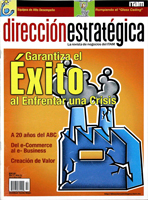
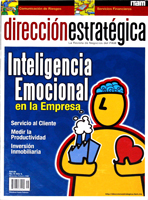
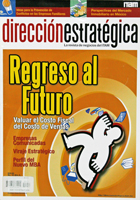
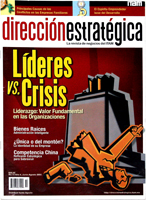


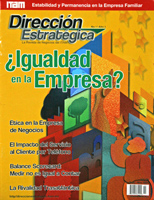



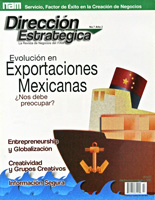

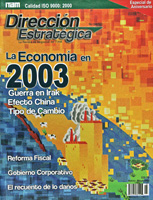


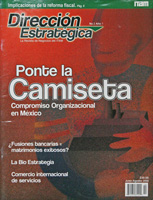

The Use of ADRs in Mexican Companies: Is It Worthwhile To Try It?
By: Polux Díaz
Director of the Program Master’s Degree in Finance, ITAM
When a Company wishes to grow and does not have the necessary means to make it happen, it should resort to the capital markets. You can be obtain funds there in two ways: with debt by obtaining a bank credit or by issuing some kind of bond in the market and the second is by issuing stock. A severe problem found when using this last method is the few means investors may have to acquire shares of the Company in the Mexican market, but this does not mean that the Company is in bad conditions or that its shares are not attractive, it is simply due to the fact that the number of investors that can acquire shares in a market like the Mexican is low, so they may not be willing to acquire more shares either because their funds are invested or simply because they may think is not attractive enough to acquire them.
(read more…)